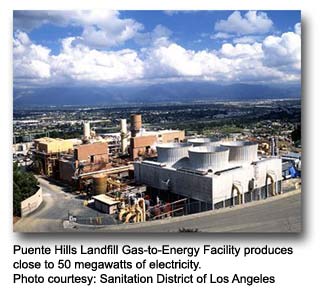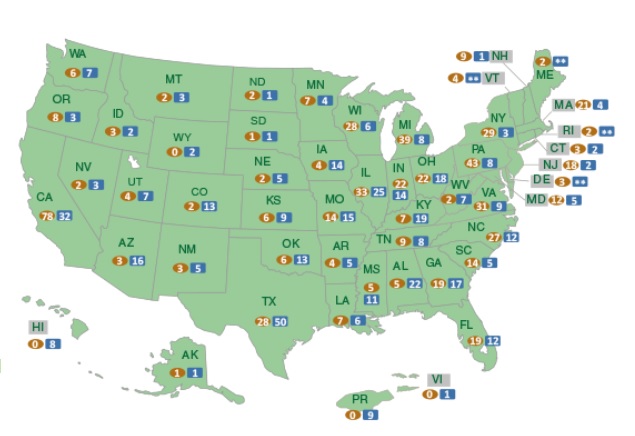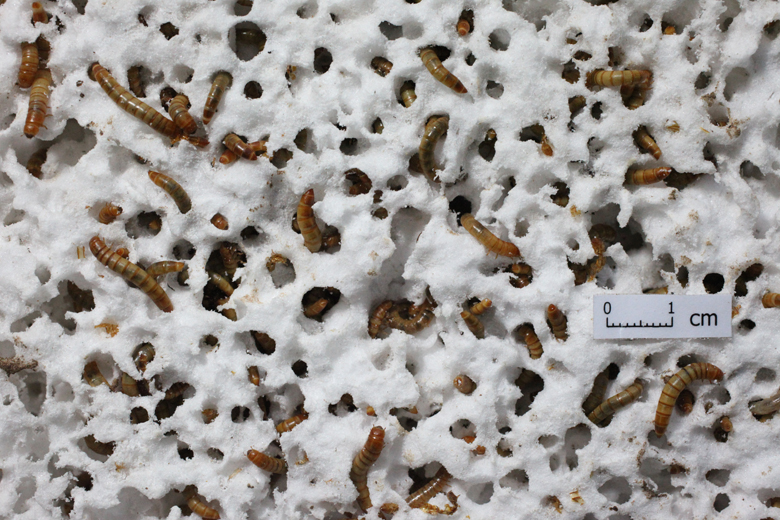In a recent article by Laura Parker, “You Can Help Turn the Tide on Plastic. Here’s How,” 6 feeble recommendations are provided for consumers, none of which will turn any tide on the plastic pollution problem. I understand Laura Parker may not be an expert in this field, but when it comes to the sustainable management of plastics, can we stop the stupidity?
For example, Laura Parker begins with the blanket statement, “The industry is debating on what biodegradable means.” Really, what industry? If Sustainable Packaging is your expertise and you do not understand the difference between [Anaerobic] Biodegradation, Compostable, Degradable and how today’s waste is being Managed, you might be out of your depth and in need of a career change. For those of us in the field of sustainability there is no debate on what biodegradability means as this is a scientific process with industry testing standards structured to test and validate biodegradation in these types of environments.
Or this drivel, “Biodegradables don’t live up to their promise, for example, in the dark, oxygen-free environment of a commercial landfill…” The general term means little, but when backed by scientific data to support the claim, like internationally recognized ASTM D5526 testing standards, guess what? It does biodegrade in landfills (ANAEROBICALLY MANAGED).
When it comes to the management of our waste, the “open environment” should never be an acceptable option or target for discard – do not litter, remember? Also, aiming and designing for Industrial Composting is irrational, sacrifice the entire supply chain and product performance, for what? Plastics don’t end-up there and they do not make compost, where’s the value?
Then there’s the “Circular Economy” theory, which makes sense, but let’s be clear, the “New Plastics Economy” does not – at all! Nearly 50 years of a massive effort to propagate and encourage the recycling of plastics and today the industry is in complete collapse. Yet, with no shame, companies double-down on this nonsense, telling consumers that its plastic packaging will be “100% recyclable/reusable” in 7 years! The 2 biggest “BS”-ables in Sustainable Packaging and the root cause of why the recycling industry has been destroyed – but Nero keeps fiddling! Why do we insist on science and data to back up biodegradation, but use no science and data to back up plastic recycling?
What needs to be achieved is a Sustainable Plastics Economy. Every plastic application cannot be recycled into another plastic application and plastics cannot be recycled indefinitely. However, if “Zero-Waste” is the goal, value must be derived from the entire lifecycle of the application, not just material recycling, but end-of-life and chemical recycling as well, ensuring conversion into useful Energy. This happens by taking the contamination factor out of the primary method in which plastic waste is discarded and can be managed.
Sustainable Packaging 101: Stop blaming consumers and take accountability. Companies need to define the primary MANAGED-WASTE method for its products and packaging and make sure (using science and data) that it works in that system.
 The latest estimates indicate that 8300 million metric tons (Mt) of plastics have been produced to date. As of 2015, approximately 6300 Mt of plastic waste had been generated. Despite the efforts of the last 40 years, only 9% of this material is getting recycled. The environmental impact of plastic pollution is wreaking havoc and if smarter decisions are not made regarding how this material is being managed the effects will certainly be catastrophic for the entire ecosystem.
The latest estimates indicate that 8300 million metric tons (Mt) of plastics have been produced to date. As of 2015, approximately 6300 Mt of plastic waste had been generated. Despite the efforts of the last 40 years, only 9% of this material is getting recycled. The environmental impact of plastic pollution is wreaking havoc and if smarter decisions are not made regarding how this material is being managed the effects will certainly be catastrophic for the entire ecosystem.





